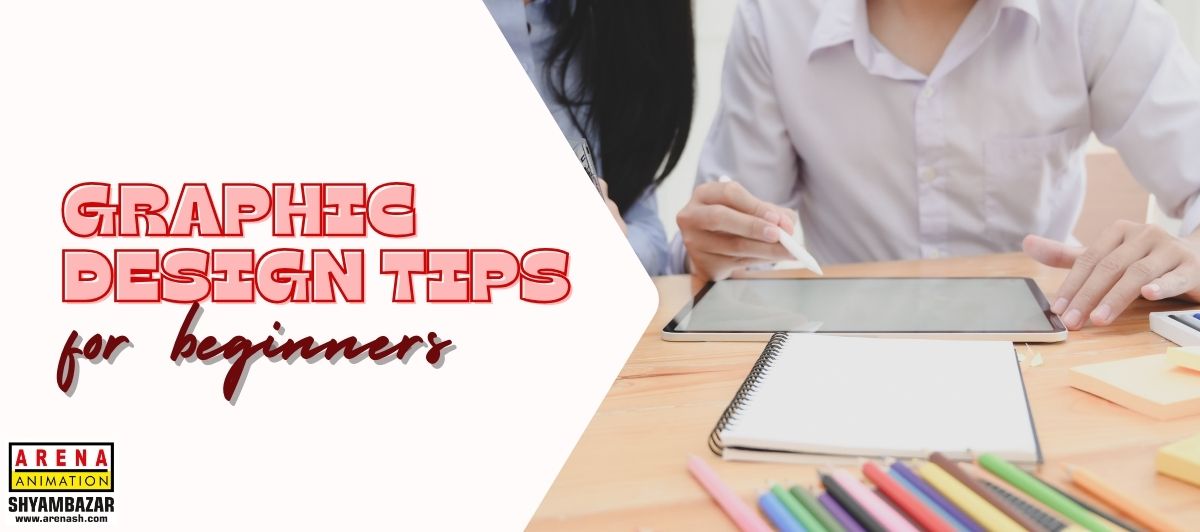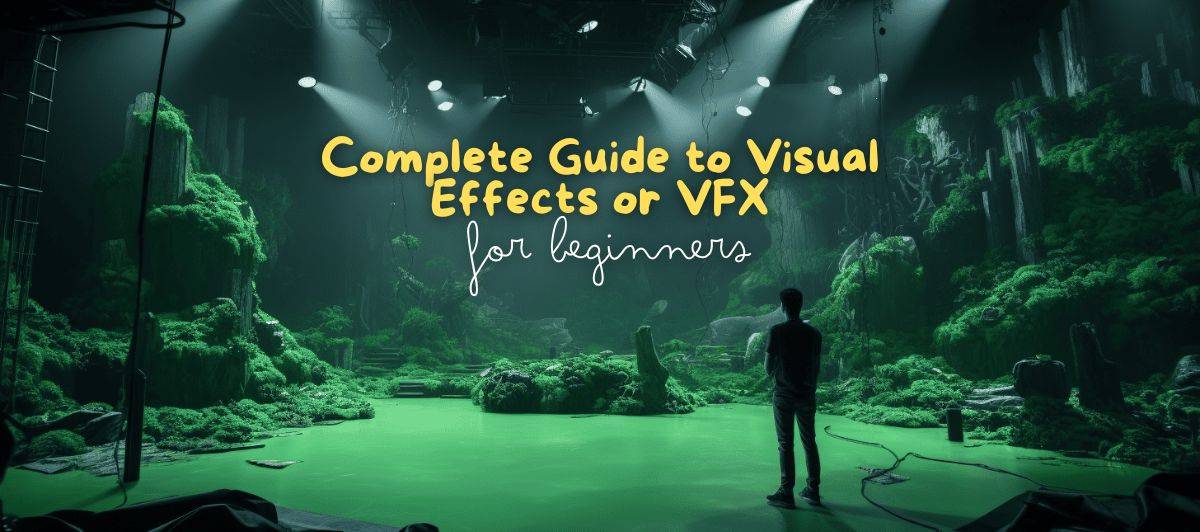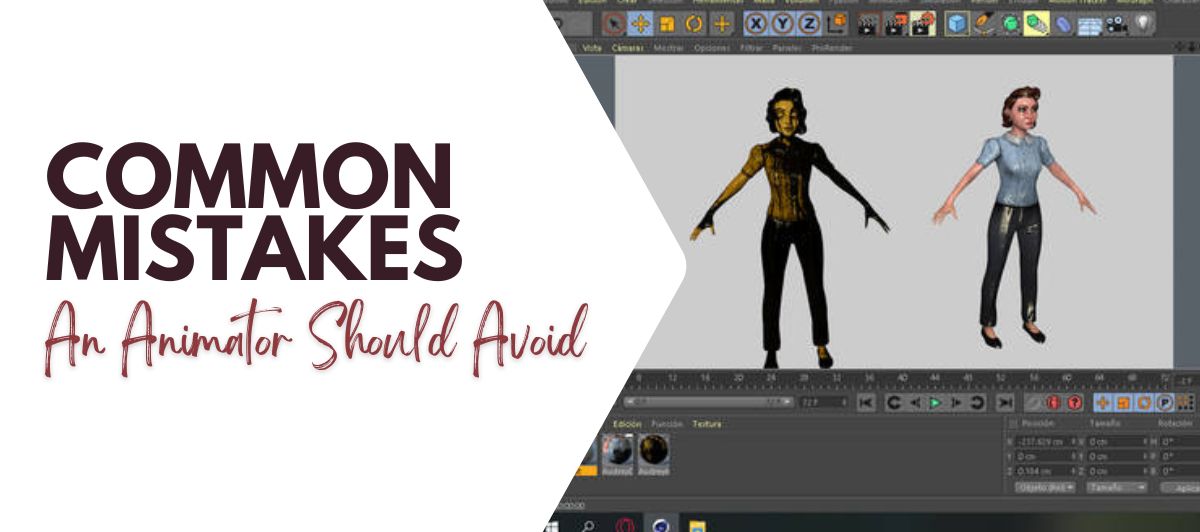Graphic Design Tips for Beginners
Interested in graphic design but not sure where to start? Don’t worry. This blog will guide you to understand what graphic design is and share simple tips to excel in it. Let’s explore the basics and pave the way for your success in graphic design.
For those who are not familiar with graphic design, it may appear complicated. However, as you explore design and its process, you will discover it to be a rewarding skill. The term ‘design’ or ‘graphic design’ may appear intimidating, especially if you’re not inclined towards drawing or art. However, graphic design goes beyond drawing skills or artistic interests more than you might think.
Let’s first define Graphic Design…
Graphic design is nothing but a creative process that compiles visual elements, typography, and images to effectively convey a message to the potential consumer. Graphic design is everywhere, starting from the screen you are currently reading to your favourite anime.
To understand better, Graphic design is the practice of producing visual content to convey specific messages, whether artistically expressing ideas or commercially communicating messages and concepts through graphical and textual elements. It involves the use of graphics, typography, graphs, and images to effectively communicate ideas, and graphic designers can engage in both print and digital projects. It focuses solely on creating graphics for use on websites or in print. It plays an important role in communicating the intended message with the target audience, ensuring the meaningful and impactful expression of a product, campaign, project, or event. If you are interested in delving into the world of graphic design, considering a graphic design course from one of the best graphic design institutes in Kolkata could be a major step in your career.
How to Become a Good Graphic Designer?
Graphic design skills cannot be mastered overnight. To excel as a graphic designer, start by learning the principles of design, colour theory, typography, layouts, white space, brand identity, visual communication, and, not to forget, become adept at using design software.
Here are some Graphic Design tips for beginners to thrive in this field:
Understand the history and purpose of graphic design:
Explore how design movements have shaped the discipline and understand the evolution of design from print to digital media. Recognise that graphic design is not just about aesthetics but serves a functional purpose, that is, conveying messages effectively through visual elements.
Learn the 5 Key Design Principles:
- Repetition- Understand the significance of repetition in representing a visual theme. Explore how repeated elements can create a sense of unity and coherence in your designs, whether it is a pattern in a background or consistent use of graphical elements.
- Contrast- Experiment with the art of creating visual interest through contrast. Explore how different elements like colour, size, or shape can make certain elements stand out, creating a dynamic and engaging composition.
- Alignment- Understand the importance of alignment in creating a visually harmonious design. Explore how proper alignment creates a sense of order and guides the viewer’s eye through the design with ease.
- Hierarchy- Hierarchy in design guides the viewer’s attention to the most important elements. Understand how to present a visual hierarchy through size, colour, and positioning to convey information more effectively.
- Balance- Learn how to achieve balance in your designs, whether it is symmetrical or asymmetrical. Understand how a well-balanced composition contributes to the overall visual stability and appeal of your work.
Explore Typography and Color Theory:
- Typography: Understand the different types of fonts, how to pair them effectively, and the impact of font choices on readability. Explore the art of kerning, leading, and tracking to level up your typographic skills.
- Colour Theory: Understand the emotional and psychological impact of different colours. Explore how to create harmonious colour palettes, considering aspects like complementary, analogous, and triadic colour schemes.
Master the Graphic design tools of your choice:
Select the design software that aligns with your goals and preferences. Whether it is Adobe Creative Cloud, CorelDraw, Figma, or others, familiarise yourself with the tools’ features and functionalities. Practice using them to execute your design concepts efficiently.
Choose a Good Graphic Design Institute:
Look for institutes that offer comprehensive graphic design courses covering design fundamentals, software proficiency, and real-world projects. Check the faculty’s credentials, course curriculum, and student reviews.
Constantly seek inspiration:
Actively seek inspiration from various sources, not limited to graphic design. Explore art, photography, nature, architecture, and other creative domains. Analyse how different elements can be adapted into your designs, injecting fresh perspectives into your work.
Practise regularly:
Regular practice is needed for improvement. Engage in diverse projects that challenge your skills starting from designing logos and posters to website interfaces. Experiment with different styles and techniques to discover your unique aesthetic.
Network with other designers:
Join online design communities, forums, and social media groups. Network with fellow designers, share your work and participate in discussions. Team up on projects and learn from the experiences and insights of others in the field.
Seek constructive feedback:
Actively seek feedback from both designers and non-designers. Embrace constructive criticism as a tool for growth. Understand that diverse perspectives can offer valuable insights and help you refine your skills.
Be patient:
Acknowledge that becoming proficient in graphic design takes time. Celebrate small victories along the way and understand that challenges are part of the learning process. Embrace the journey, stay motivated, and continuously evolve as a designer.
These fundamental tips are important for improving your graphic design skills and excelling in the field. By consistently practising, accepting suggestions from both designers and non-designers, valuing their feedback, honing your skills, and maintaining patience throughout the process, you can be one of the best designers.
If you are interested in pursuing a career in graphic design, Arena Animation- Shyambazar is one of the best institutes to consider in comparison with other graphic designing colleges in Kolkata. With experienced faculty, up-to-date technology, flexible timings, and 100% job assistance, it stands out as one of the best graphic design colleges. Additionally, the institute offers affordable graphic design course fees in Kolkata, making it accessible to more students.
![]() February 21, 2024
February 21, 2024
![]() By Admin
By Admin
![]() GRAPHIC DESIGN,graphic design course,Graphic Design Course Fees in Kolkata,Graphic Design Course Kolkata,graphic design institutes in Kolkata,graphic designing colleges in kolkata,graphic designing course in kolkata,
GRAPHIC DESIGN,graphic design course,Graphic Design Course Fees in Kolkata,Graphic Design Course Kolkata,graphic design institutes in Kolkata,graphic designing colleges in kolkata,graphic designing course in kolkata,


















